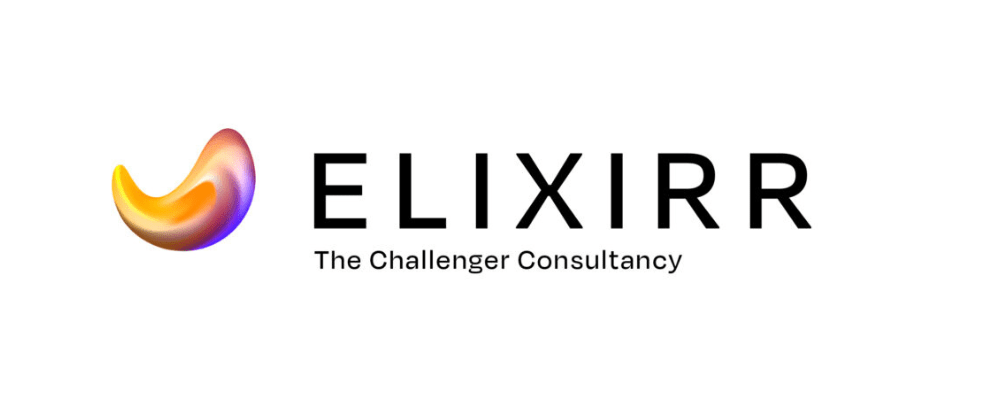
Managed services was born out of a need to outsource responsibility for monitoring and maintaining certain services, or more often specialized appliances such as on-prem data warehouse solutions or rather cumbersome ETL servers or network configurations. Between 2005 and 2006 this outsourcing practice became what it is today, IT managed services (MS).
IT MS has undoubtedly changed and evolved over the years, particularly in the technical capabilities that most MS providers offer. But being in the MS industry for more than a decade, we have consistently observed one particular issue.
Many of our clients, despite having invested in the latest tooling, built internal MS teams or secured a contract with a reputable 3rd party provider of IT MS, still suffer from performance issues and in many instances, have declined.
So, what’s the issue?
The challenge is not in the technical capabilities. It’s in the mindset, approach and applied model of IT MS leaders. To understand this, let’s first look at the IT outsourcing market and what it offers.
IT Outsourcing
IT outsourcing is the practice of contracting out various IT functions or services to external providers, rather than handling them in-house. This can include a wide range of services such as software development, infrastructure management, network operations, technical support and cybersecurity.
IT MS is one of the most common IT outsourcing models – the other being professional services (PS). Let’s take a look at both models and what they stand for.
Managed Services
Managed services involves outsourcing the responsibility for maintaining, monitoring and managing certain IT functions or systems to a third-party provider. This can include services such as network monitoring, cloud management, data backup and recovery, cybersecurity, and more. Managed service providers (MSPs) typically offer these services on a subscription or pay-as-you-go basis, providing ongoing support and management of IT infrastructure and systems.
Below are six of the most valuable services for organizations seeking MS support:
- Day-to-day maintenance: Perform routine tasks like updates and tune-ups. These tasks are easy for employees to overlook since they might not directly relate to their work.
- Troubleshooting: An often time-consuming but absolutely necessary process for determining the source of a problem so that it can be removed/fixed.
- Administration: Full management of everything from onboarding new employees, creating necessary logins and ensuring that all of the rules and regulations are being followed.
- Data backup: Retrieving lost information and rebuilding systems and environments can be expensive and time-consuming. Managed services can protect you from this cost by performing regular data backups to keep information safe.
- Network monitoring: Monitor your network 24/7 for problems. Even a small shutdown can result in major expenses for a business. Consistent monitoring ensures that your business can respond to these issues quickly and efficiently and prevent them whenever possible.
- Environment synchronization: A common task that, when neglected, can cause big problems for any company. Developing new software and products on a DEV environment that is not fully in sync with your production environment can lead to months of work that will end up wasted if developed on old/outdated data.
Managed services can combine a wide range of tasks into one service, thus eliminating headaches associated with organizing multiple vendors or maintaining this wide skillset in-house. But it also creates more time for the company’s core team to focus on new projects and further drive the business. It is also important to note that every MS contract comes with SLA/SLO which guarantees the speed and reliability of the support you are getting, and it frees up your more valuable and experienced resources so that they can focus on further developing your business.
Professional Services
Professional services, on the other hand, involve outsourcing specific IT projects, tasks or expertise to external consultants or firms. This could include services such as software development, system integration, IT consulting, project management, and specialized technical expertise. PS engagements are often temporary and project-based, with the external provider delivering a specific outcome or solution within a defined timeframe.
Looking at the market and its needs, below are five of the most impactful PS categories for any company:
- Consulting: In order to prevent expensive losses due to uniformed pouches or ill-prepared strategies, PS can help prevent such scenarios through consultations and in-depth analyses to stay ahead of such problems.
- Cloud migration: Moving your on-prem system to the cloud is often a monumental task and requires a wide range of expertise that most small-to-medium sized companies do not have at their disposal. Cloud solutions offer scalability, seamless integration of a wide range of tools and technologies, reduction in TCO, and much more. This is a perfect example of a one-off project that professional services can provide.
- Deployment: Deploying any new hardware or software component to your production environment can be a complicated process with many moving parts. Professional services can provide a smooth transition with minimal to no downtime.
- Advanced troubleshooting: Finding the root of the problem and how to solve it can be an extremely challenging and time-consuming process for which the in-house IT department won’t have the time or skills. Professional services can help by bringing in the right skills and knowledge to solve such problems.
- IT auditing and compliance: Evaluating IT systems to ensure they comply with industry standards, regulations and best practices is important. This might involve audits for security, performance or regulatory compliance.
When we look at managed services and professional services, the most significant difference is the timeframe in which they operate and the scope of work.
So, what does this mean?
Is IT managed services so outdated that it should be fully replaced with professional services? No, and in fact, quite the contrary. Both models have their value and deliver substantial benefits. The challenge is in the mindset previously mentioned, and it lies in thinking these services don’t or should not overlap.
The biggest challenge across industries over the past few years is the speed in which companies need to tackle their problems or jump on opportunities. The best way of doing that is creating synergy between managed and professional services. In short, having a team that can do both.
But for this synergy to work, it needs to be set up correctly, and that goes beyond the technical skills. Your business needs to change from being service-centric to a client-centric organization. Again, this requires a change in mindset from ‘we are a service provider’ to ‘we are your partner and we will help you in your development.’
This is the MS provider most companies need in the age of overwhelming and constantly changing data – an IT MS provider dedicated to keeping their business on the cutting-edge and ahead of the competition.
Key takeaway
The new model of IT managed services needs to put the focus on the client. Success should be measured through the success of the client and how much the service you provided helped in achieving that. SLA and SLO are the measures of your ability to follow the rules of a contract, but not the true value and quality of your service.
As an additional motivation for this new way of thinking, let’s also remember that acquiring a new customer can cost five times more than retaining an existing customer. Increasing customer retention by 5% can increase profits from 25-95%. The success rate of selling to a customer you already have is 60-70%, while the success rate of selling to a new customer is 5-20%.
As a well-established or emerging/growing business in the market for an IT MS provider, here are the key benefits realized from customer-centric MS, all of which you should never compromise on:
- Holistic solutions: Integrating both services provides end-to-end solutions, covering everything from strategic planning and implementation to continuous management and support.
- Client-centric approach: This merger ensures a deep understanding of client needs, offering tailored solutions that evolve and adapt as the client’s requirements change.
- Efficiency boost: The combination optimizes operations, streamlines processes, and reduces downtime, ensuring more efficient and effective service delivery.
- Scalability and flexibility: Clients benefit from scalable solutions that can grow with their business, supported by ongoing managed services and professional guidance.
- Continuous improvement: The merger fosters a culture of ongoing improvement, incorporating feedback from both the initial implementation phase and the ongoing management phase.
- Cost-effectiveness: Bundling these services often results in more competitive pricing without compromising the quality of services rendered.
- Risk mitigation: The comprehensive approach minimizes risks associated with technological changes or business transformations by blending proactive planning with ongoing management and support.
Our approach to MS is measured by the success of our clients, through the projects our experts are leading. To learn more about how we can transform your business, contact us today.
“We help senior business leaders turn ideas into actions. Of course, it’s execution that determines success; that’s why we also make change happen, treating our clients’ business like our own.
Our people make our firm. And while our team expands across the globe, we continue to attract the best talent in the industry, building a team of high performing, like-minded individuals who share our vision of building the best consulting firm in the world.
With the launch of our ESPP scheme in 2021, we gave our entire team the opportunity to be part owners of Elixirr — and with a 74% enrolment rate for 2022, entrepreneurialism has never been more embedded into our business.”
Please visit the firm link to site


